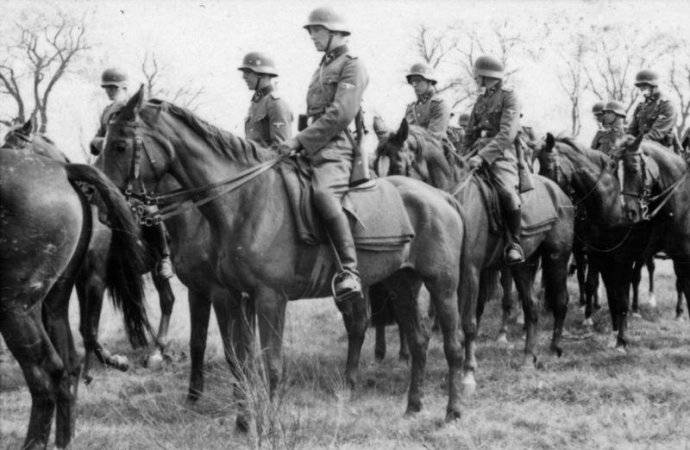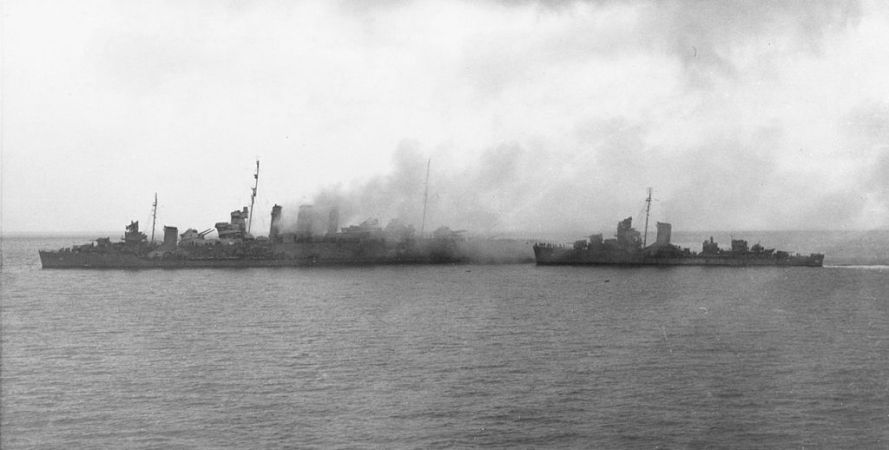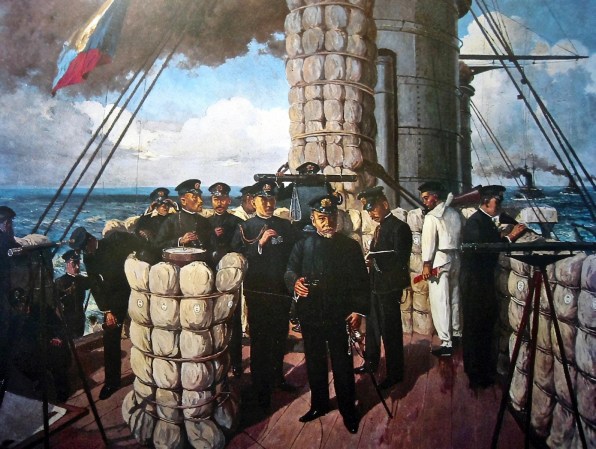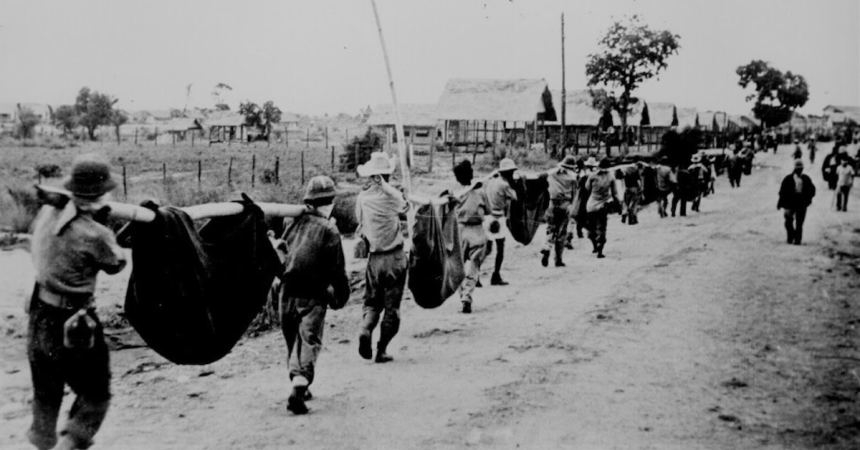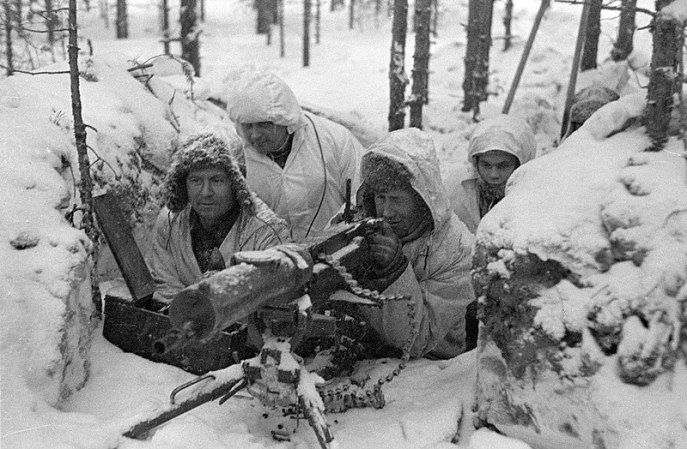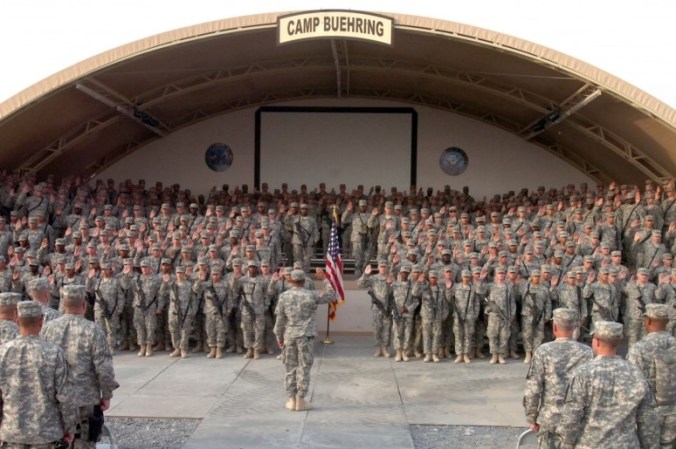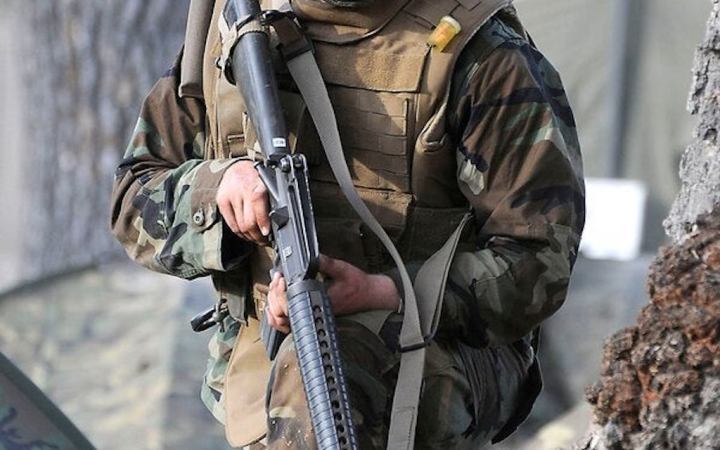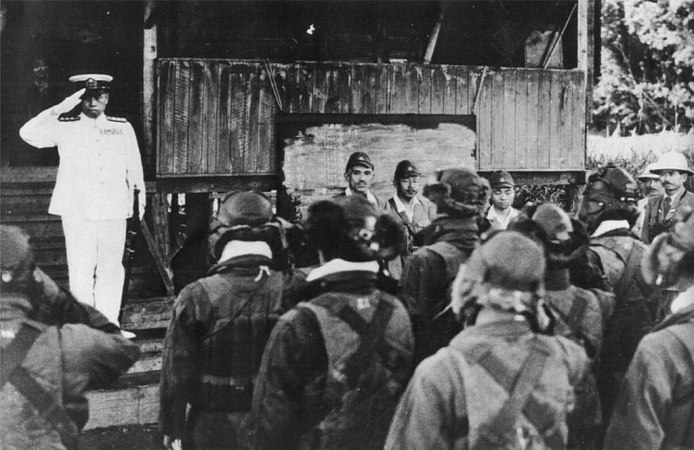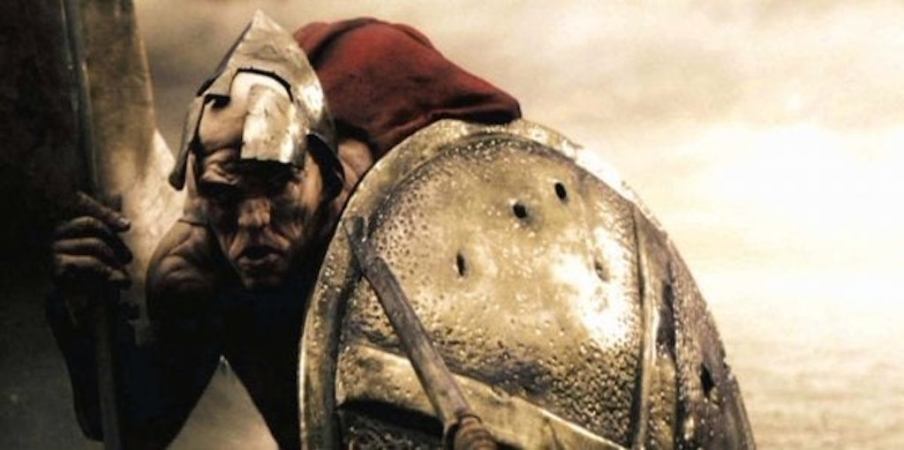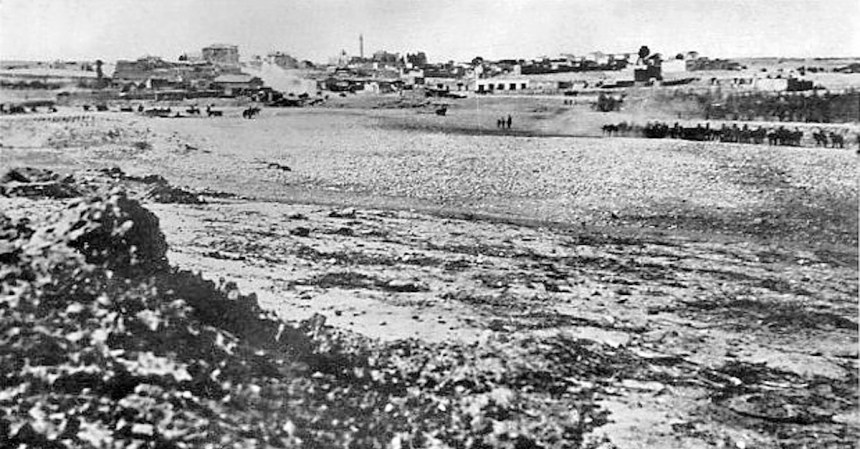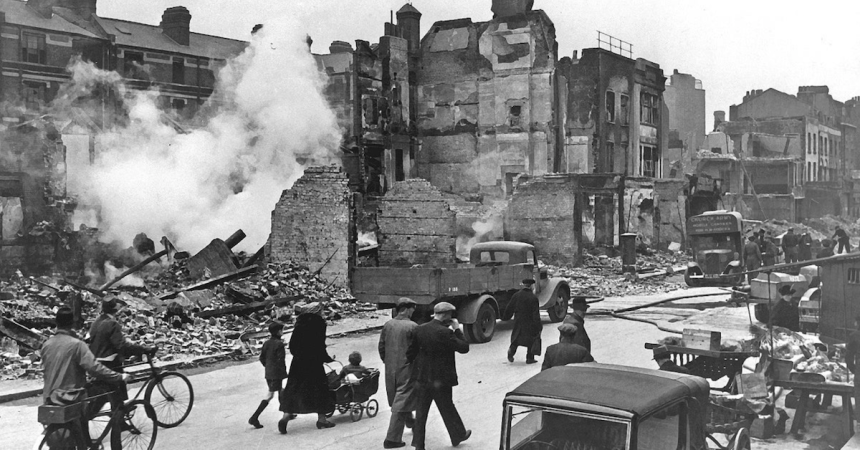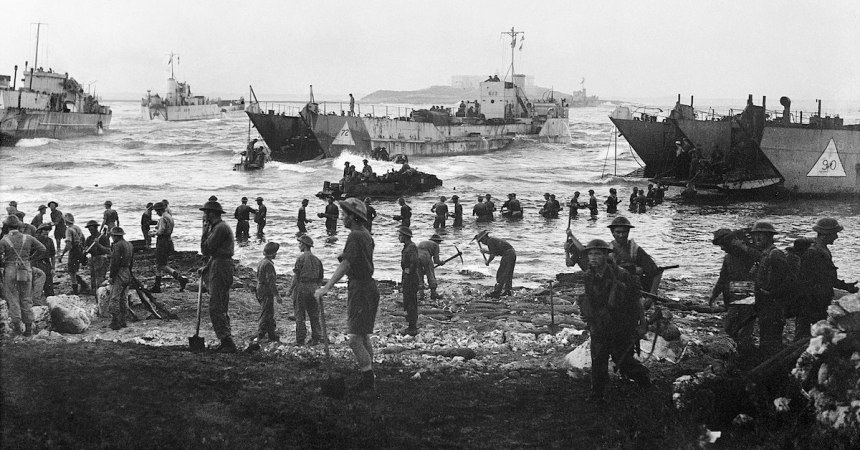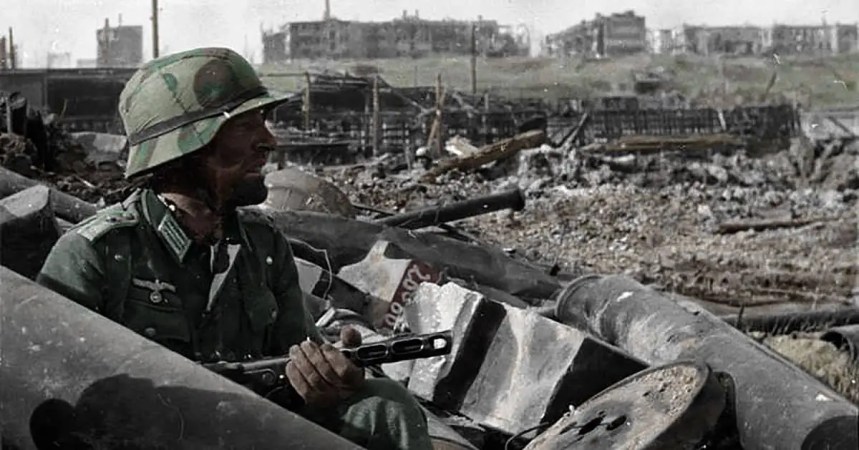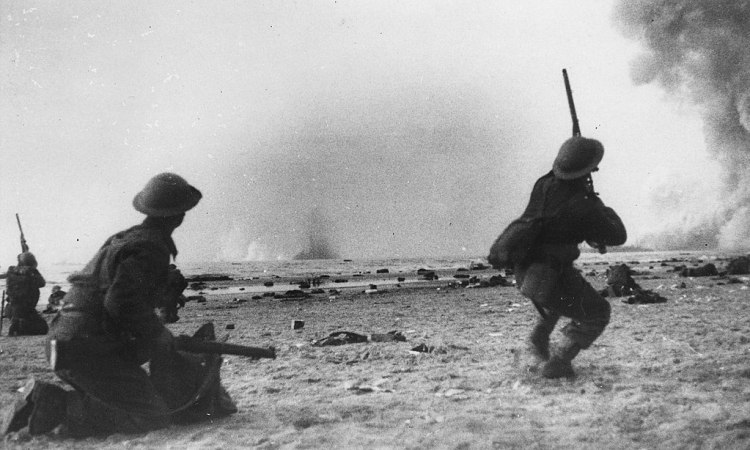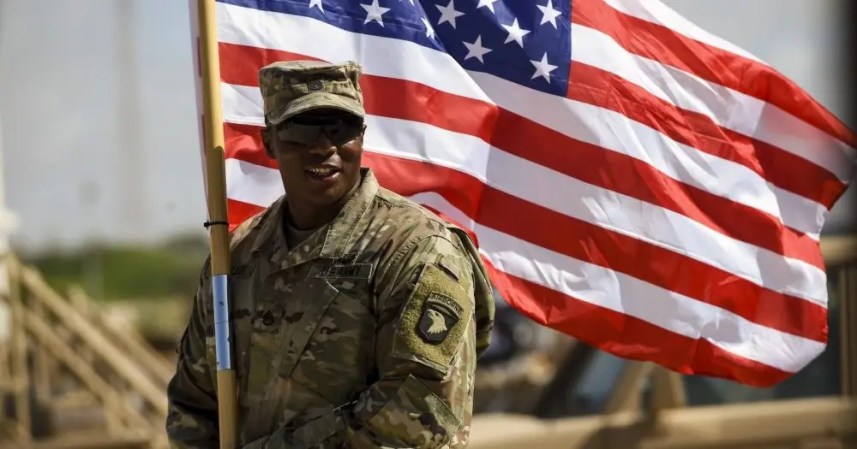It’s easy, when you’re one of the world’s great powers, to think that most battles will go your way. And the ones that won’t? Well, you can only lose so badly when you’ve got better technology, larger formations, and/or God on your side. Unfortunately, that’s not true, and even great powers can get themselves curb stomped in surprising ways.
Here are seven military defeats where someone thought they could be the big dog in a fight only to find out they were facing a bear:

Battle of Tsushima
It’s sometimes hard to remember that Russia once fielded a top-tier navy that made enemies around the world quiver in their boots. That actually changed during the Battle of Tsushima, when Russia sent a massive fleet to defend their claims in and around Korea from a growing Japanese Navy. The Japanese Navy used their better ships, tactics, and telegraphy (think ship-to-ship Morse code) to demolish the Russians.
The two fleets closed with each other on May 27, 1905, and the Japanese ships were in better condition, allowing them to sail slightly faster. Even better for the Japanese, there was a heavy fog that their telegraph traffic could penetrate, but the Russians couldn’t communicate as well with their lights and flags.
Japan’s five battleships and 84 other ships and boats were able to twice “cross the T” of Russia’s 38 ships, pounding the Russians with broadsides while the Russians could only reply with forward guns. The Russians were forced to flee, sinking only three Japanese torpedo boats while losing 28 ships.

Siege of Kut
The Siege of Kut took place in 1915 in what is now Iraq. British-Indian forces, retreating from a defeat at the hands of the Ottoman Empire, decided to stop at Kut, a position easily defended, but difficult to resupply. Since we’re talking about a siege, you can probably guess how that went.
Approximately 11,000 British and Indian infantrymen reached the fortress on December 3, and the Ottomans arrived four days later with 11,000 troops of their own — and with more reinforcements on the way. The British sent away cavalry and other forces that could escape and then settled in for the siege. The Ottoman forces, under command of a German adviser, cut off river and land access to the city.
British forces outside the city attempted to relieve it three times, but all three attempts failed dismally. While the Ottomans suffered approximately 10,000 casualties, the British were eventually forced to surrender after suffering 30,000 casualties and the capture of an additional 10,000 troops, including six generals.

Italian Western Desert Campaign — World War II
The Italian invasion of Egypt in 1940 was a fine if uninspired victory for the Italian fascists. They moved forward about 12 miles per day for about a week in September, 1940. During the campaign, the Italians failed to keep their troops close enough together to properly support one another, and the British took advantage of that fact the following December in Operation Compass.
The British planned a five-day raid in response. The goal was simply to push the Italians back a little, but the British made a note before the first attacks stating that they should be prepared to keep pushing, just in case — and this came in handy. The British forces quickly made much more progress than expected.
The Italians were occupying a series of fortified camps and, one after another, they fell to a force of 36,000 British soldiers. The British attacked from December 9 to February 9, 1941, and lost less than 600 troops killed and missing while inflicting over 5,000 kills and capturing over 125,000 Italian soldiers, 420 tanks, 564 aircraft, and multiple cities, including the key port of Tobruk.

(Cassowary Colorizations)
Battle of France
As we head into this one, let’s take a quick break to say that WATM actually really respects the performance of the French military from conflicts like the 100 Years War to the American Revolution to World War I. But the Battle of France in World War II was, uh, not France’s finest moment.
The French military knew that an invasion by Germany was likely in 1940, and they tried to prepare through modernization efforts and training. But, they made two big assumptions that would turn out to be false: The Ardennes Forest’s challenging terrain would prevent an invasion through there, and Belgium would last for weeks or months, allowing France to re-deploy troops as necessary if the Germans invaded through there.
Instead, the Germans proved the many of their tanks could make it through the Ardennes Forest, and Belgium fell within days. France, despite having more modern equipment and slightly more troops, fell to Germany in only 46 days with 1.9 million troops taken prisoner, thousands of tanks and aircraft destroyed or captured, and most of their country under German control.

Battle of Midway
The Battle of Midway was supposed to be Pear Harbor: The Sequel. It was an ambush set only six months after the attacks at Pearl. The Japanese goal was to draw the American fleet into a battle the Americans would think they could win, then slam them with additional forces and wipe out much America’s remaining carrier and capital ship strength.
Instead, America captured Japanese communications traffic and set an ambush of their own. Japan was working on the assumption that America would only have two carriers and a fleet full of demoralized sailors. Instead, America intercepted the plans and showed up with an extra carrier and prepped over 120 aircraft on Midway itself to join the battle.
On June 4, 1942, the fleets clashed, and Japanese aircraft were outnumbered by a vengeful U.S. presence in the air. Japan would lose three carriers and almost 250 aircraft in the fight while sinking one U.S. carrier and downing approximately 150 U.S. aircraft. The battle tipped the balance of power in the Pacific in World War II.

Battle of Stalingrad
The German invasion of Soviet Union relied on a number of horrible assumptions, including the idea that Soviets, especially the Slavs, were racially inferior and part of an uncoordinated system that would crumble at the first real assault from German armor. Unfortunately for them, racism and hope aren’t viable strategies.
Instead, the Soviets forced Germany to fight for nearly every foot of Soviet territory they took, and Stalingrad was arguably the worst of all. For nearly six months, German forces slogged their way through the city, street by street, and some of the streets were impossible to take. At “Pavlov’s House,” an infantry platoon turned an apartment building into a fortress and wiped out German armored formations for weeks.
The Germans threw well over 1 million men against the city and lost over 800,000 of them killed, captured, and wounded. The Soviets actually lost more (over 1.1 million), but they bled the German formations dry of food, ammo, and in some cases, men, allowing the Soviet Union to take the offensive and begin pushing the enemy back towards Berlin.

Operation Market Garden
In 1944, the allies hoped they could end the war in Europe before Christmas — push into the German heartland, take out industry, and push into Berlin by December and give all the Allied citizens the world’s best Christmas present. The plan called for a two-force approach, airborne assaults to take key bridges and a ground campaign to envelope portions of the Ruhr River.
The assault on Sep. 17, 1944, didn’t go as planned. German forces had learned lessons from previous Allied offensives, like a little thing called D-Day, and they made sure to reinforce bridges where possible and blow them up when they couldn’t hold them.
In a series of nine key bridges, the capture of most of them was either delayed or prevented. So, the airborne forces remained isolated as the armored forces couldn’t punch through the German defenders without bridges. Over 15,000 troops were killed, captured, or wounded while inflicting somewhere around 10,000 casualties and failing to take the key terrain, guaranteeing that the war would continue into 1945.




